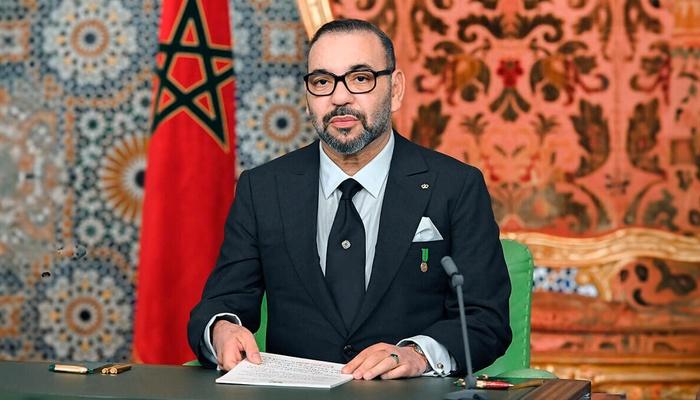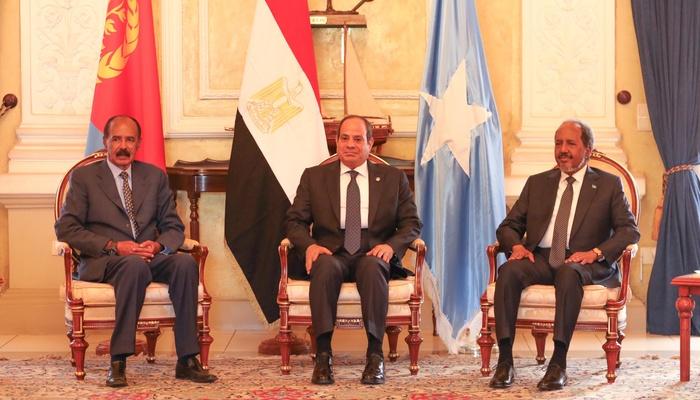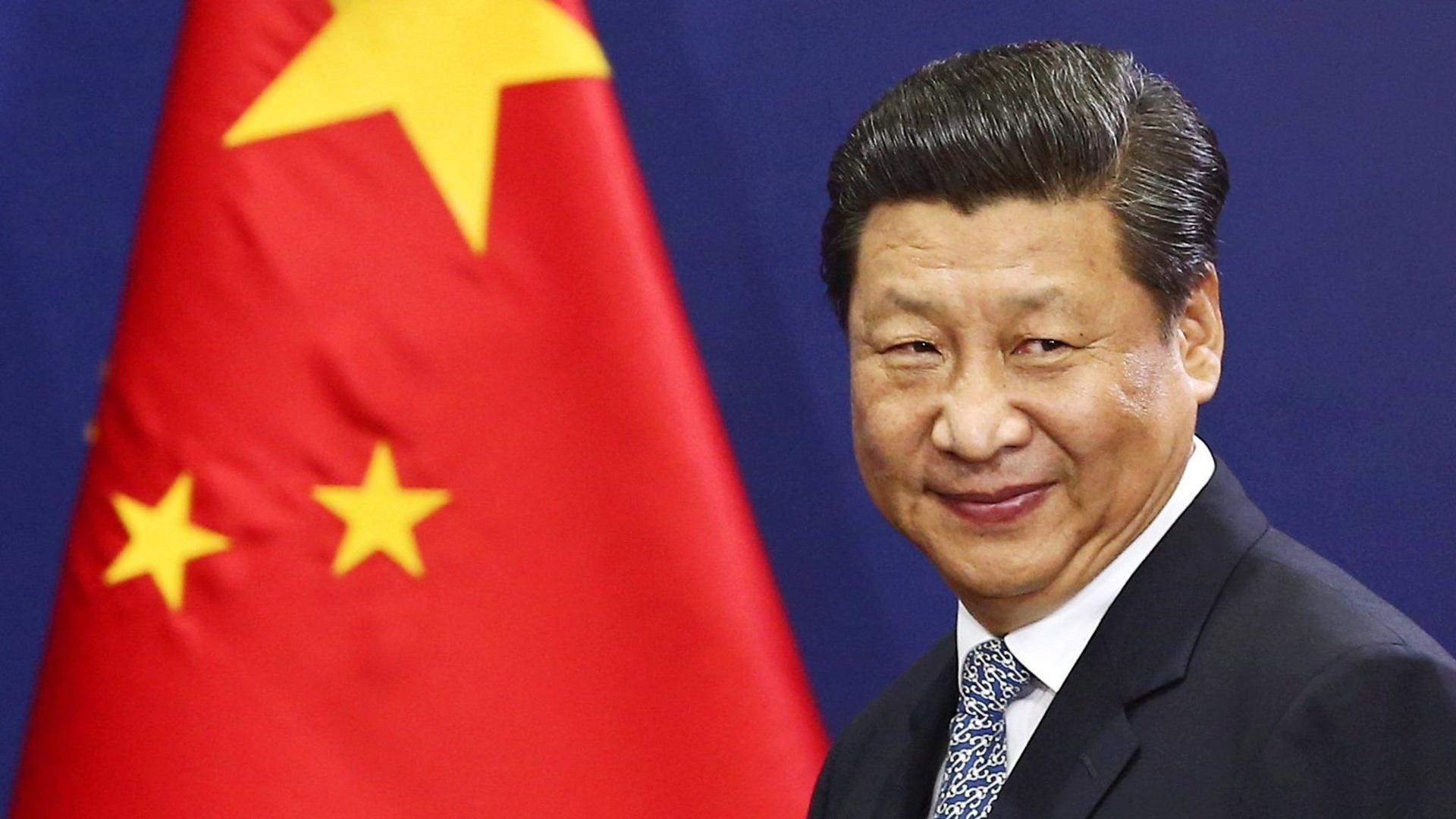What the One Belt One Road initiative is
The One Belt One Road (OBOR), also known as Belt and Road Initiative (BRI), is the project launched by Xi Jinping in 2013 with the intentions of interconnecting Asia and Europe through a series of transportation, energy, and services networks that create a transnational platform of economic, political, and social cooperation. The officialization of the project passed through the publication of the Action Plan[1] issued by the National Development and Reform Commission (NDRC), Ministry of Foreign Affairs, and Ministry of Commerce of the People’s Republic of China, with State Council authorization, on March 28 2015. Recalling the historic Silk Road, OBOR should include around sixty states, a third of the energy resources of the world, and a complex internal product of around $21 trillion, of which 40% belongs to the Global PIL in order to shape a system that is interconnected through multiple dimensions.
According to China’s project, such interconnection will occur only after the construction of highway, trains, and roads that physically connect the region in two ways: a terrestrial one, called the Silk Road Economic Belt to connect China and Europe (through central Asia, Iran, and minor Asia) and a maritime one, called the Maritime Silk Road, formed through a series of strategic ports from the Chinese Meridian Sea to the Mediterranean (through the Indian Ocean and the Aden Golf). The two routes should be then connected to six transregional economic corridors: the Eurasian Land Bridge, the China-Mongolia-Russia corridor, the China-Asia Central- Asia Occidental corridor, the economic corridor of China and Pakistan (China Pakistan Economic Corridor - CPEC), and finally the corridor of Bangladesh-China-India-Myanmar.
The creation of ‘arteries’, or routes, that, even if minor, would put an end to the strong infrastructure deficit that Central Asia and Southeast Asia suffer and would give life to fit installations and services structures, in the degree that guarantees China a major efficiency level for exchanges from the East to the West and vice versa. The realization of such interconnection would in principle lead to the increase of global trade and contribute to develop local markets, those of China’s westerner provinces at first. Indeed, it is not fortuitous that at the beginning the implementation of the OBOR initiative was assigned to the NDRC’s Department of Western Region Development, even if the Minister of Foreign Affairs and the Minister of Commerce are now taking the lead in order to implement more efficiently its international and globalist nature. Those state entities receive the political guidelines regarding OBOR implementation directly from the Advancing the Development of the One Belt and One Road Leading Group (LG), the top level planning group created ad hoc inside the Chinese Communist Party for overseeing and coordinating the furtherance of the project. It is composed by high-ranking leaders which have economic or foreign policy responsibilities and a direct connection with President Xi Jinping. They are: the first-ranked Vice Premier Zhang Gaoli, member of the Politburo Standing Committee with financial and economic responsibilities in his portfolio, who chairs the LG; third-ranked Vice Premier Wang Yang, member of the Politburo and considered the promotor of the so called Guangdong model, the series of political, economic and social reforms inspired by the idea of a bigger role of private actors and civil society as drivers of the economic growth; Wang Huning, member of the Politburo and the one of the main theorist of the Chinese Dream policy; former Minister of Foreign Affairs (2007-2013) Yang Jiechi, currently state councilor and director of the Foreign Affairs Leading Group Office, the supra-ministerial body which provide the Communist Party with policy consultation and coordination on foreign affairs; Yang Jing, Secretary of the Secretariat of the Communist Party of China, State Councilor and Secretary General of the State Council.
Visualized under the umbrella of the “Chinese Dream” strategy[2], OBOR is the realization of China’s ambition to create a new international order, sino-centric and alternative to that one created by the winners of the Second World War. Through the implementation of a similar network the Chinese government wants to create a convergence of the strategic interests of various countries such that would incentivize the creation of multilateral political cooperation mechanisms on the inside of which, Beijing’s influence would represent a determinant variable. A confirmation in this direction is represented by the creation of the Asian Infrastructure Investment Bank (AIIB), dedicated to infrastructure development in the entire Asia-Pacific region. The growth of the membership has allowed organizations to increase their social capital from $50 billion to $100 billion, of which 70-75% is allocated to the investments that take place within the Asian context, while 25-30% can be allocated for countries outside of the Asian region. Having become fully effective as of January 2016, the AIIB has quickly become known as the new model for emerging markets. Its infrastructure and potential to avail itself with bureaucratic practices that are less restricting than that of the World Bank and the Asian Development Bank have allowed it to respond promptly to the ever-evolving Asian continent necessities. Besides these 100 billion dollars granted by the AIIB, Chinese government created also the Silk Road Fund, a 40 billion dollars-worth fund for the investment along OBOR.
In this perspective, OBOR is a multidimensional strategy pursued by Beijing which relay on its economic and financial power to project its political stance. However, the realization of the initiative faces multiple variables, related both to security and geopolitics concerns. As regards the security, the realization of the infrastructure connected to OBOR could be endanger by the instability caused by the presence of local insurgency in some areas, such as the Taliban and other extremist groups in Pakistan, and the new transnational challenges related to the spread of jihadi terrorism in some areas. Besides the security issues, the implementation of the belt and Road project has to face also the different States’ evaluation of the balancing between the economic interests connected to OBOR and the political influence that a closer relation with China would produce. If it would be quite easier for China to put on the OBOR track those countries, developing or in financial crisis, that look at the Chinese investments as an unmissable occasion to improve their national economy, the more industrialized States are more skeptical about China’s new global ambitions. It’s the case of European Union, which is the final destination both of the Belt and the Road of OBOR: Brussels is resisting the appeal of Chinese investment in order to maintain its neutral judgment about all the aspects of China’s international policies. In this context, the biggest difficulties for EU is to prevent that single member States can be unilaterally involved in the Chinese sphere of influence, dividing the European block from inside. If EU is keeping a cautious position, in order to assure that OBOR will be the first step of a new multilateral system, win-win for all Eurasian area, a strong opposition to China’s initiative is carried on by India, Beijing’s main rival in the region. Indian government, in fact, is trying to oppose the implementation of the New Silk roads because it considers the initiative as the ultimate attempt by China to broaden its projection of power. It would imply not only a bigger Chinese presence in the Indian Ocean, considered by New Delhi as its backyard, but also a strongest leverage at Beijing’s disposal to get the leadership inside all those multilateral mechanism of management of international issues, reducing India’s possibility to support its stakes in creating a real multipolar system.
(related analysis The Economic Diplomacy of Xi Jinping)
[1] http://english.gov.cn/archive/publications/2015/03/30/content_281475080249035.htm
[2] The Chinese Dream is the idea of a national rebirth that lead to the realization of a moderately prosperous society by 2020, as indicated in the 13° Five Year Plan









